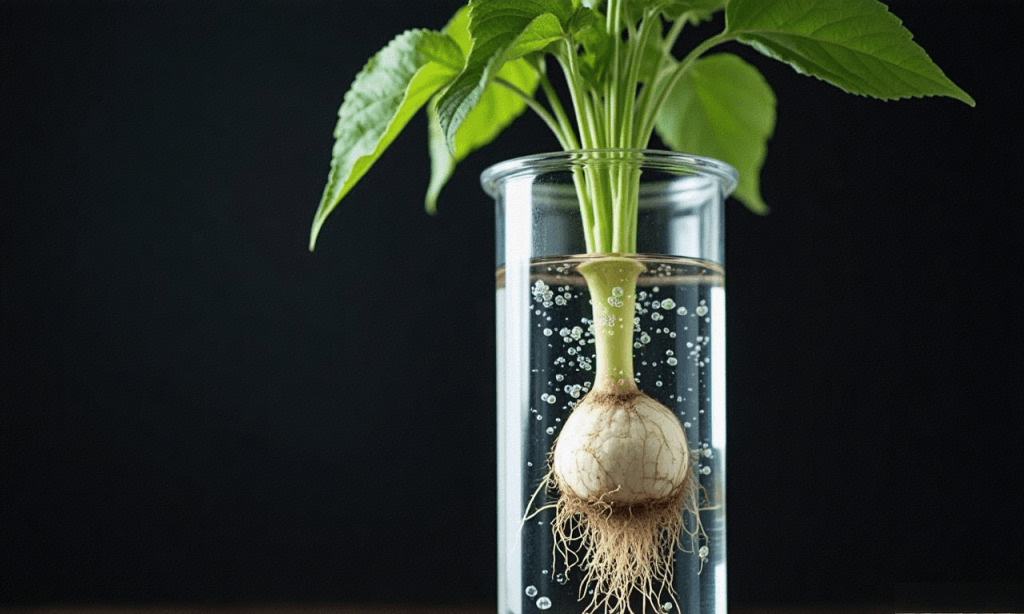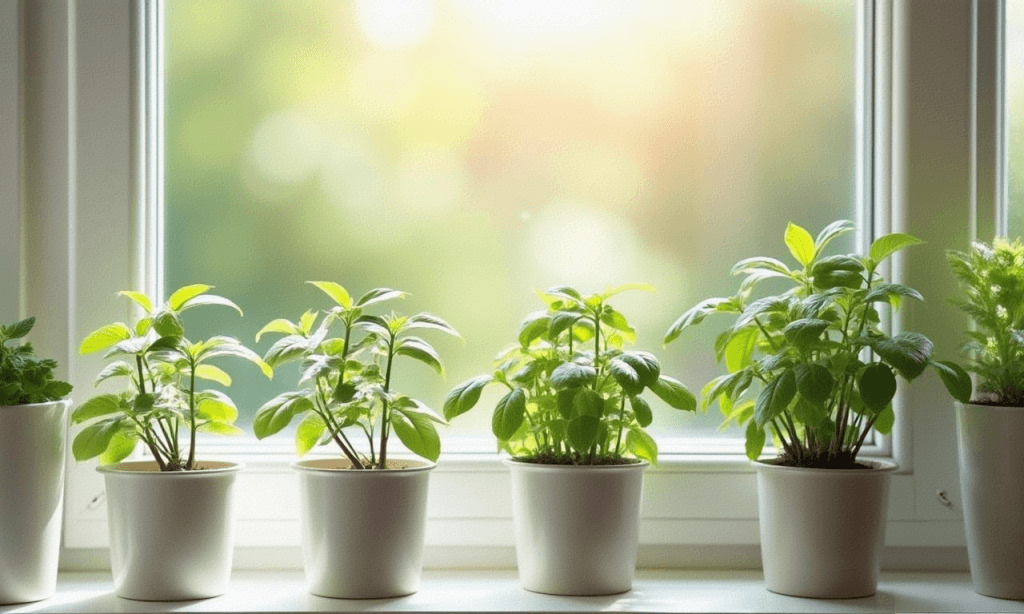Hydroponics at Home: We Interviewed a Commercial Grower for Insider Tips
🌱 Imagine harvesting crisp lettuce in your kitchen or plucking vine-ripe tomatoes from your living room—all without a speck of soil. Hydroponic gardening isn't just for commercial farms anymore. After interviewing Mark Reynolds, head grower at Urban Greens Hydroponics (a 5-acre facility supplying Whole Foods), we're revealing professional secrets to help you succeed with soilless growing at home.
According to a 2023 Journal of Agricultural Science study, hydroponic systems can produce 3-10x higher yields than soil gardening while using 90% less water. Data from the USDA also shows that home hydroponic growers achieve 30% faster growth rates for leafy greens compared to traditional methods.
Ready to ditch the dirt? Here’s everything you need—from nutrient formulas to system hacks—straight from the pros.
Why Go Hydroponic? 3 Game-Changing Benefits
💧 Water Efficiency – Recirculating systems lose almost zero water to evaporation
📈 Space Savvy – Grow 12 lettuce heads in the space of one soil-grown plant
🔬 Nutrient Control – Eliminate guesswork with precise mineral dosing
Case Study: A Boston apartment dweller grew 45 lbs of tomatoes annually in a 4x2 ft closet using a DIY drip system.
Step 1: Choosing Your System (Pro Comparisons)
Best Home Hydroponic Setups
| System Type | Cost | Best For | Maintenance |
| Kratky Method | 20−50 | Beginners/herbs | Minimal |
| Deep Water Culture (DWC) | 80−150 | Leafy greens | Weekly checks |
| Nutrient Film Technique (NFT) | 200−500 | Fast-growing crops | Daily monitoring |
| Ebb & Flow | 300−800 | Heavy fruiting plants | Bi-weekly cleaning |
Pro Tip from Mark: "Start with DWC—it’s forgiving and shows beginners rapid results."
Step 2: The Nutrient Solution Breakdown
Commercial-Grade Recipe (For 5 Gallons Water)
- Base Nutrients: 10ml each of FloraGro/FloraMicro/FloraBloom
- Additives:5ml CalMag (prevents tip burn)2ml Silica (strengthens stems)1ml RapidStart (root booster)
🌡️ Key Parameters:
• pH: 5.5-6.2 (test daily with digital pen)
• EC/TDS: 1.2-2.4 mS/cm (depending on growth stage)
Common Mistake: "Home growers often overcomplicate nutrients," says Mark. "Stick to one reputable brand’s feeding chart."
Step 3: Lighting Like the Pros
LED vs. Fluorescent (Grower Test Results)
💡 Budget Pick: T5 HO Fluorescent (good for herbs/microgreens)
💡 Best All-Around: Full-Spectrum LED (e.g., Spider Farmer SF-1000)
💡 Commercial Choice: Double-Ended HPS (for fruiting plants)
Daily Light Integral (DLI) Targets:
• Lettuce: 12-17 mol/m²/day
• Tomatoes: 20-30 mol/m²/day
Case Study: Switching from blurple LEDs to white full-spectrum lights increased a home grower’s basil yields by 40% (Horticulture Research 2023).
Step 4: Environmental Control Secrets
Ideal Grow Space Conditions
🌡️ Temperature: 65-75°F (18-24°C) day / 60-68°F (16-20°C) night
💨 Humidity: 40-60% (use dehumidifier if >70%)
🌀 Airflow: 2 small fans (oscillating) to prevent mold
Pro Hack: "Place frozen water bottles in reservoirs during heat waves to cool roots," advises Mark.
Troubleshooting Common Issues
Quick Fixes for Hydroponic Problems
🔴 Algae Growth: Cover reservoirs + add 1ml/gal hydrogen peroxide
🔴 Root Rot: Increase aeration + add Hydroguard beneficial bacteria
🔴 Nutrient Lockout: Flush system + recalibrate pH
Personal Recommendation: I keep a dedicated notebook to track pH/EC adjustments—it’s saved countless crops!
What Commercial Growers Wish Home Gardeners Knew
🔹 "Stop over-tinkering!" – Minor pH swings (5.4-6.3) are fine
🔹 "Sterilize between crops" – Use 10% bleach solution
🔹 "Grow what you eat" – Fancy systems won’t help if you hate kale
Mark’s Favorite Beginner Crop: "Green Oakleaf Lettuce—it’s practically foolproof and ready in 30 days."
Regional Adaptations
☀️ Hot Climates: Use chilled reservoirs or shade nets
❄️ Cold Climates: Add aquarium heaters to maintain 68°F
💨 Dry Areas: Group plants to create micro-humidity
Urban Solution: A New Yorker grows strawberries vertically in NFT channels along her fire escape!
Final Thoughts & Disclaimer
Hydroponics unlocks year-round harvests with scientific precision—but you don’t need a lab coat to succeed. Start small, follow these pro tips, and soon you’ll be growing cleaner, tastier produce than any supermarket.
Disclaimer: Always follow electrical safety guidelines. We earn affiliate commissions on qualifying purchases. Results vary by system maintenance.
Which crop will you grow hydroponically first? Share your plans below! 🌿💧 Let’s grow beyond soil together!
wendy
|
2025.04.23






